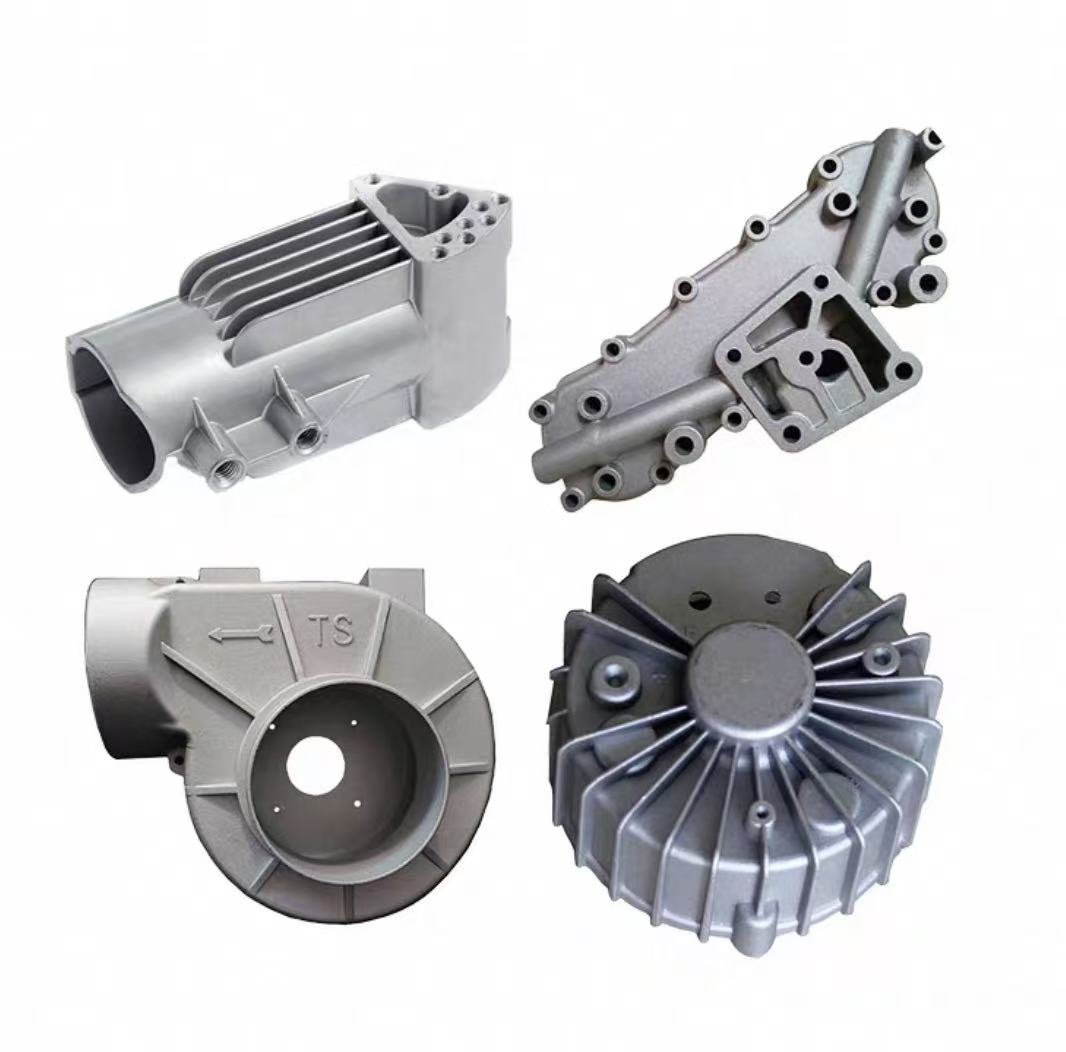
Many manufacturing enterprises have such troubles: during die casting production, the defect rate is always high, and problems such as air holes, material shortage and deformation occur repeatedly. In fact, die casting is a work where “details determine success or failure”. If you grasp the following key links, the qualification rate can be greatly improved.
1. Mold Design: Don’t Let “Inherent Defects” Hold You Back
The mold is the foundation of die casting. Unreasonable design can easily leave potential quality hazards
• Choose the right parting surface, preferably a flat one, to reduce flash and filling dead angles. For example, for complex parts, priority should be given to the parting position that allows the molten metal to flow evenly.
• Don’t forget to add overflow grooves and exhaust grooves. These two are “magic tools for exhaust and slag removal”. Set at the end of the cavity or where gas is easy to accumulate, which can effectively reduce air hole defects.
2. Molten Metal Treatment: Temperature and Purity Are the Core
The state of molten metal directly affects the performance of finished products, so this step should not be sloppy.
• Precise temperature control: 650-720℃ for aluminum alloy and 380-420℃ for zinc alloy. Excessively high temperature will cause oxidation and slag formation, while excessively low temperature will result in poor fluidity and easy material shortage. It is recommended to use intelligent temperature control with an error within ±5℃.
• Degassing and deslagging are a must: Gas and impurities in molten metal are the main causes of defects such as air holes and inclusions. When melting aluminum alloy, argon is used for degassing, and then slag remover is used to clean impurities. Only when the purity is improved can the quality be stable.
3. Die Casting Machine Parameters: Pressure and Time Should Be Adjusted Correctly
Incorrect parameter settings will make even the best molds and materials useless.
• Injection speed is divided into two stages: push the molten metal to the gate at low speed (0.2-0.5m/s) and inject it into the cavity at high speed (10-15m/s for thin-walled parts and 5-8m/s for thick-walled parts) to avoid impacting the mold or insufficient filling.
• Don’t set pressure holding and cooling randomly: The pressure holding time is calculated according to the wall thickness, 1-2 seconds per 1mm. Too short time is easy to cause shrinkage holes; the cooling time is 10-30 seconds for aluminum alloy and 5-15 seconds for zinc alloy. Only uniform cooling can avoid deformation.
4. Post-Processing: Don’t Neglect the “Last Mile”
Inadequate post-forming processing may make all previous efforts in vain.
• Use special equipment for deburring, such as robot grinding, to avoid dimensional deviation caused by manual operation.
• Choose surface treatment as needed: Electrophoresis is used for auto parts to prevent corrosion, and electroplating is used for consumer electronics to enhance aesthetics. Before treatment, be sure to clean the surface oil and impurities, otherwise the coating will easily fall off.
Die casting is not that complicated. Grasp these details, reduce the defect rate, and the cost will naturally be saved. If you encounter technical problems in production, please feel free to consult our professional team for free solutions!

